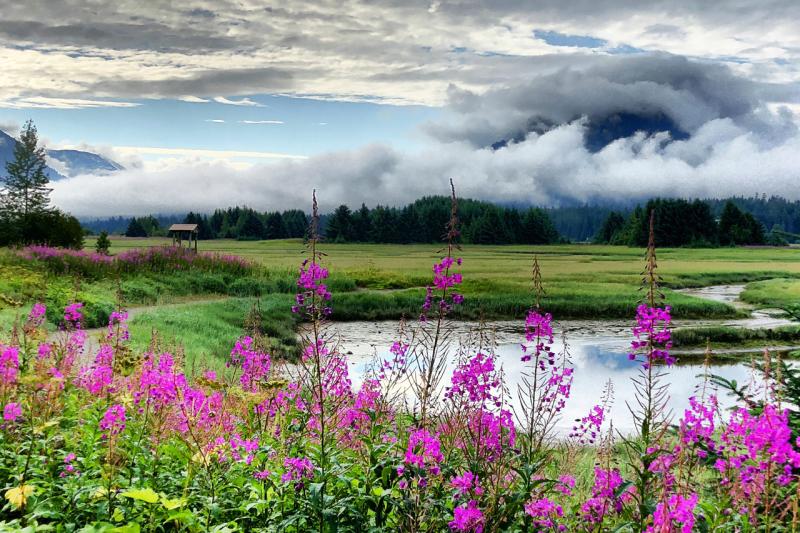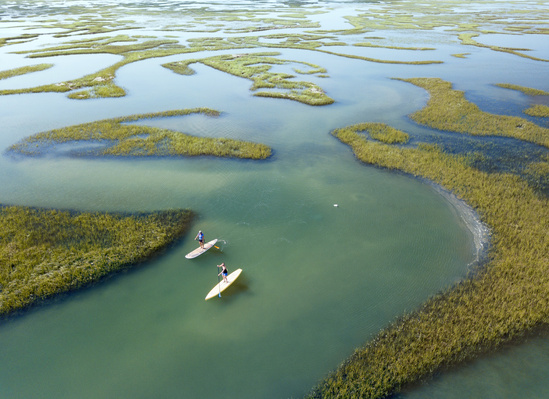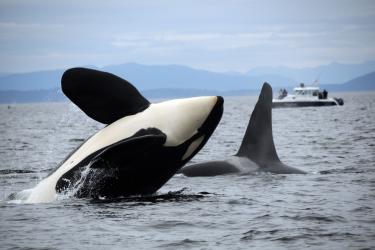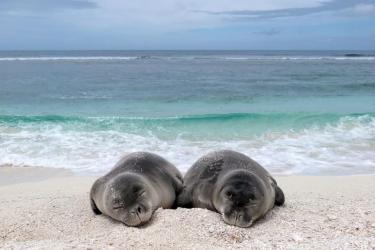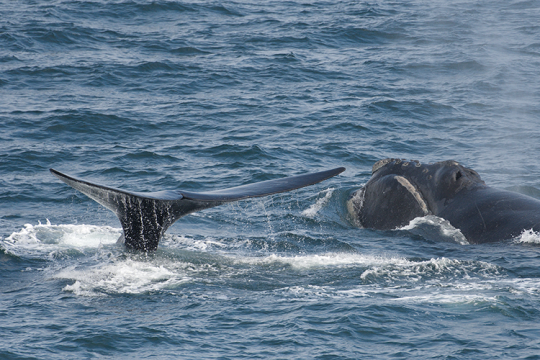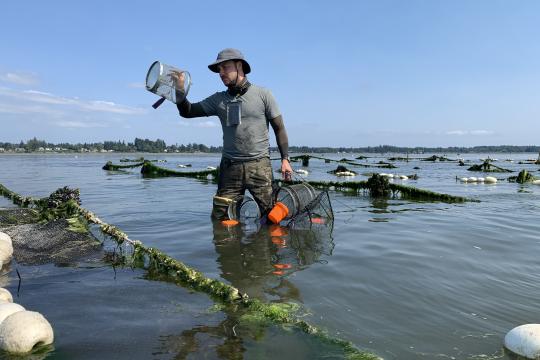Wetlands—including marshes, mangroves, swamps, deltas, and floodplains—provide valuable benefits to fish, people, and communities. They’re habitat for the fish we eat, are often the front line of protecting coastal communities from storms, and support cleaner water.
But, they’re quickly disappearing. For example, the West Coast of the United States has lost 85 percent of its estuaries. Louisiana’s coast has lost more than 2,000 square miles of wetlands—an area the size of Delaware— since the 1930s. To help reverse these trends, NOAA works with partners to protect and restore these habitats so wetlands can continue to provide their critical benefits.
![750x500-keiki-fishing-tournament-oahu.jpg]()
Recreational fish rely on wetlands to thrive.
1. Wetlands Support the Economy
Coastal wetlands provide homes to more than half of the $5.6 billion commercial seafood harvest in the United States. Wetland habitat also benefits recreational fisheries which contribute hundreds of thousands of jobs to the economy. Americans use wetlands for other types of recreation too, like kayaking and watching nature. These activities draw locals and tourists to contribute to the multi-billion dollar outdoor recreation economy.
![juvenile-ccc_750x500.jpg]()
Wetlands are home to juvenile fish like this endangered Central California Coast coho salmon.
2. More Wetlands = More Fish
Endangered and threatened fish like salmon, trout, and steelhead rely on wetlands as a safe place for juveniles to feed and grow. Commercially and recreationally important species like blue crabs, oysters, clams, shrimp, and red drum, rely on coastal wetlands during some or all of their lifecycle.
![The NOAA Beaufort Lab aka NCCOS Center for Coastal Fisheries & Habitat Research_Pivers Island Beach Marsh 1.jpg]()
Living shorelines, like this in North Carolina, protect coastlines from storm erosion.
3. Wetlands Protect the Coast and Communities
Coastal wetlands act as nature's giant sponges, absorbing floods and wave energy from storms, improving property protection by up to 20 percent. One acre of wetlands can store as much as 1.5 million gallons of floodwater. Wetlands save coastal communities $23 billion annually by protecting them from the effects of storms. In the hurricane-prone Atlantic and Gulf coasts, each square mile of wetlands saves almost $700,000 in storm damage on average each year.
![Turek Coonamessett River and Wetland Restoration Falmouth MA_750x500.jpg]()
Wetlands filter water before it heads to streams, rivers and coasts.
4. Wetlands Keep Our Water and Air Clean
Wetlands act as nature’s kidneys by trapping and filtering harmful nutrients and hazardous chemicals before they get to rivers, bays, and beaches. Clean water protects tourism and property values in waterfront communities. Wetlands also absorb 8.1 million tons of carbon dioxide each year from the atmosphere.
![hcarter4_paddleboard.jpeg]()
Getting outside to enjoy wetlands and nature is a healthy choice.
5. Wetlands and Nature Are Good for Our Health
Wetland habitats are beautiful landscapes. Along with their beauty, a growing body of evidence indicates exposure and contact with natural environments is associated with better health and well-being.
So, get outside and see your local wetlands! Enjoy all the reasons why they’re important to fish and wildlife, our economy and communities, and our individual wellness.
